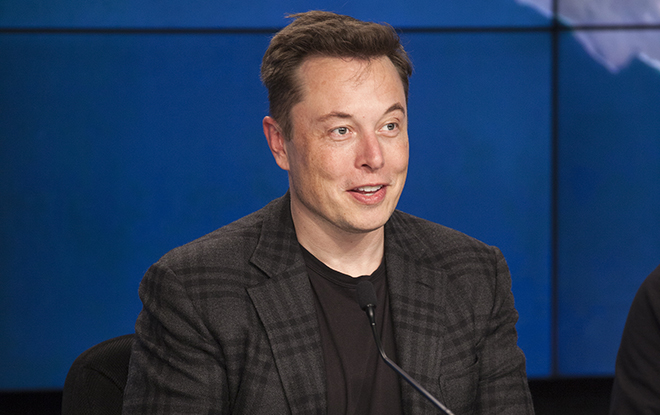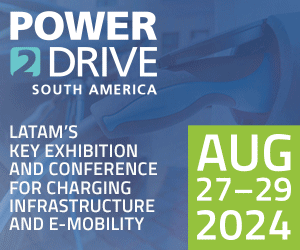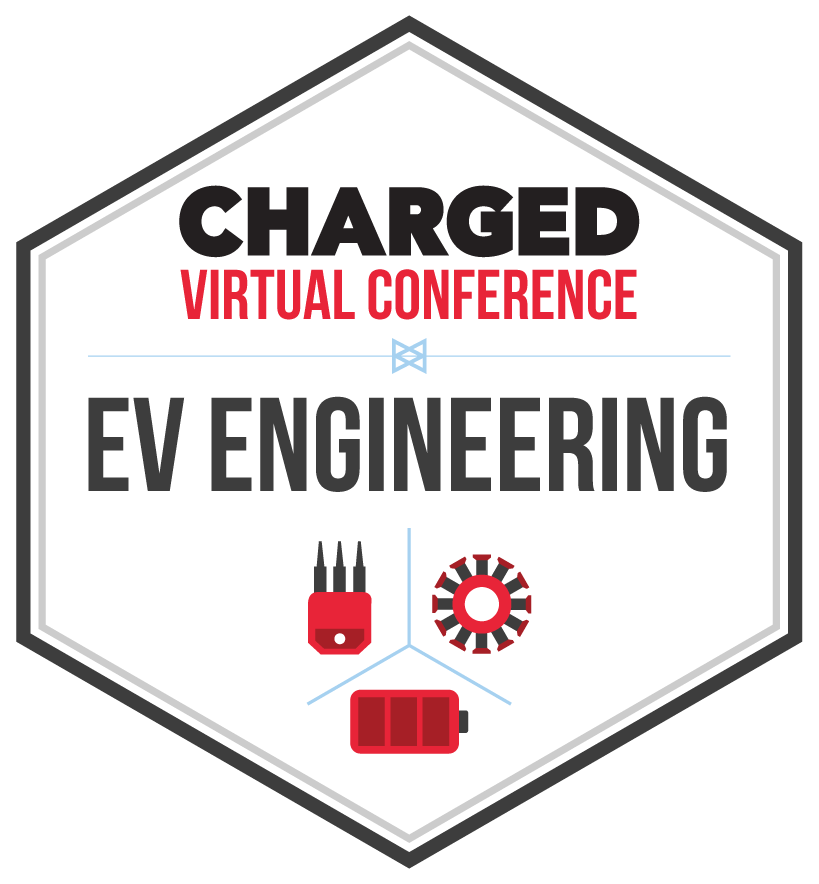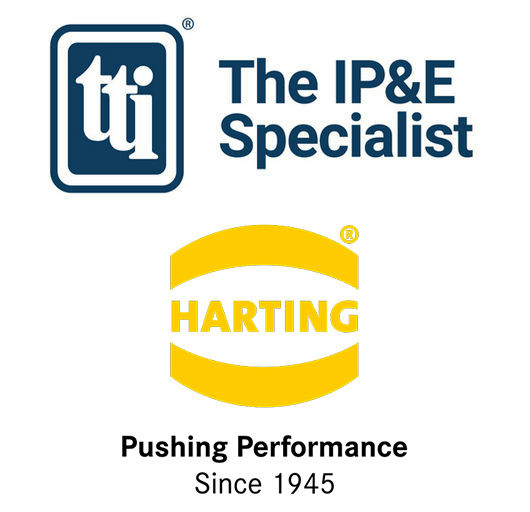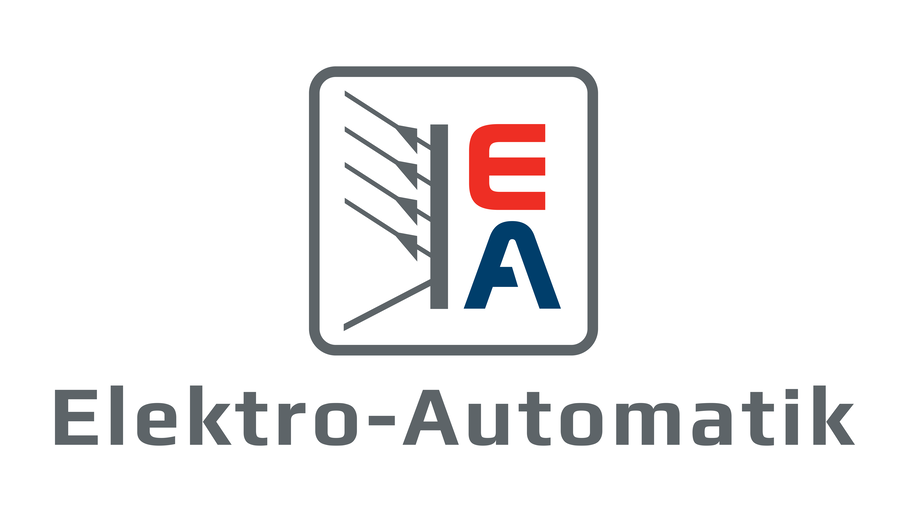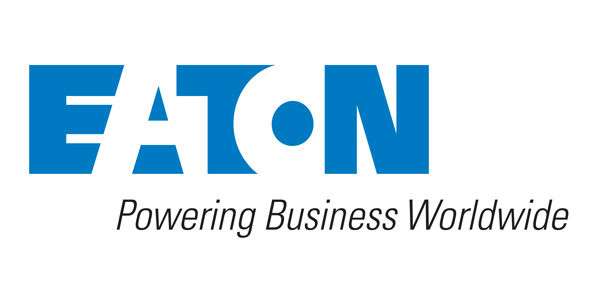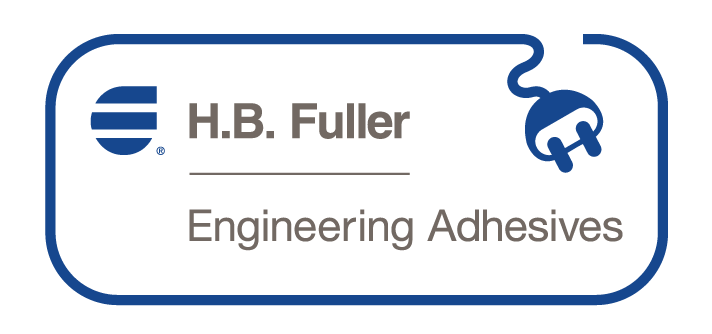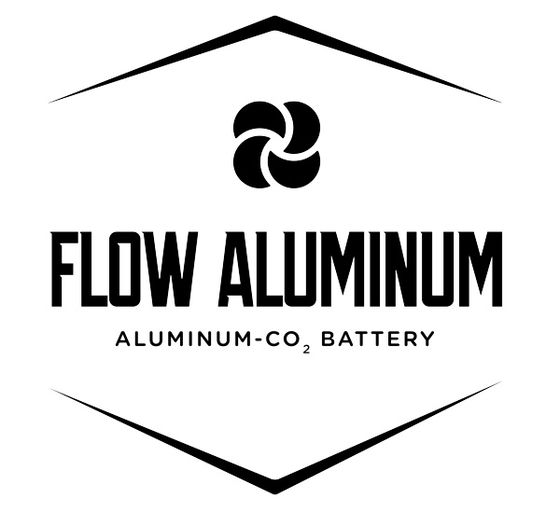As it faces a huge pile of orders for Model 3, Tesla’s new challenge is not to build great cars (it’s already proven it can do that), but to build great cars quickly, in large volume. Along the way, it just might add manufacturing to the list of realms it has reshaped.
As Elon Musk explained at the company’s recent 2016 shareholders’ meeting, the company is now focused not only on building cars, but on remaking the production process that builds the cars.
The true problem (opportunity) is “building the machine that makes the machine,” says Musk. Tesla is “thinking of the factory like a product,” and believes that that product can be substantially improved. The potential for improvement in the production process is at least ten times greater than the potential on the car side, says Musk.
After months of sleeping next to the production line, Elon has had ample time to apply the principles of physics to the production process. One of the insights he has formulated (Musk’s Law?):
Production output = volume of facility * density * velocity
Applying this formula to the Tesla factory could yield many ideas for increasing output by finding ways to increase these variables. For example, Musk finds that the “car-to-non-car volumetric ratio” (i.e. the amount of space directly devoted to building cars, compared to space devoted to other uses) is “crazy low” – only 2 or 3 percent. “Wow, that sounds like there’s a lot of room for improvement.”
Obviously, the velocity of the production line is also an important factor (although cranking it up too fast results in comedy, a la Charlie Chaplin or Lucille Ball).
“What is a reasonable expectation for the exit velocity of vehicles from the factory?” asks Musk. He notes that modern production lines may crank out a car every 25 seconds, which sounds fast, but actually translates to “not much faster than a tortoise.”
Musk muses that a fast walking pace would be a good goal to shoot for. That translates to a speed of 1.5 meters per second. The best car factories in the world currently manage 0.2 meters per second.




